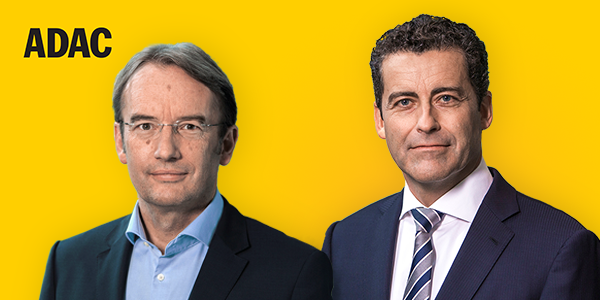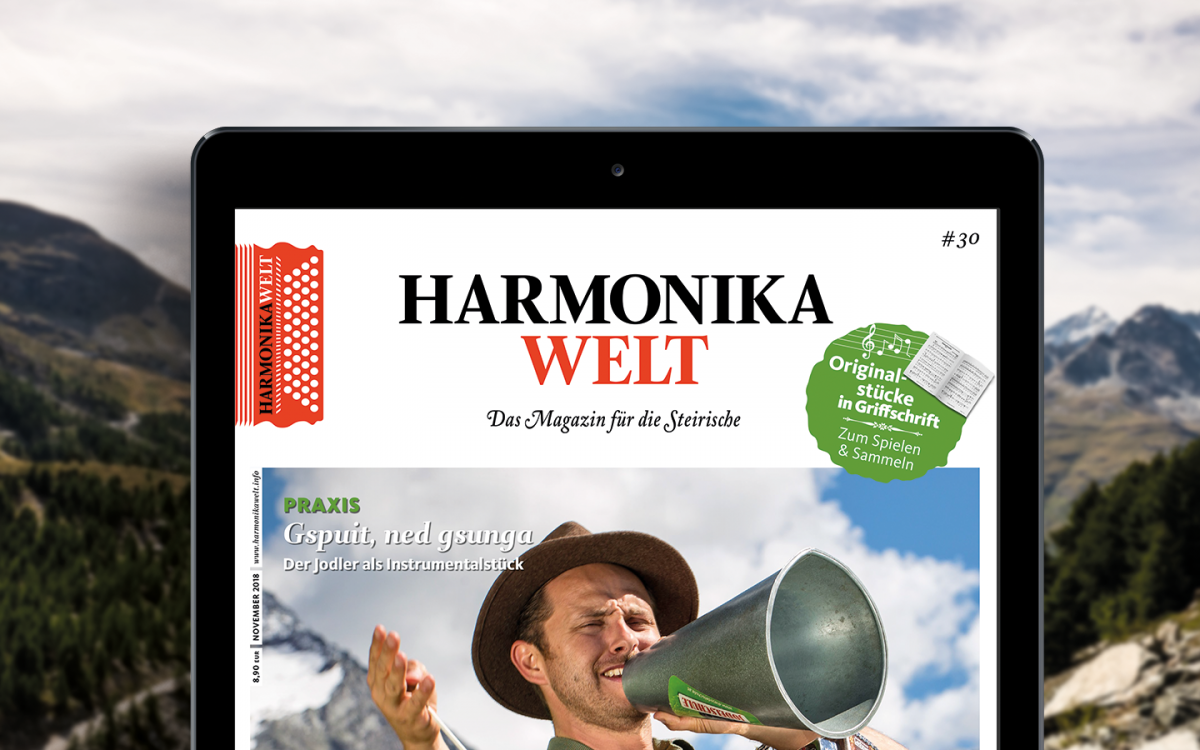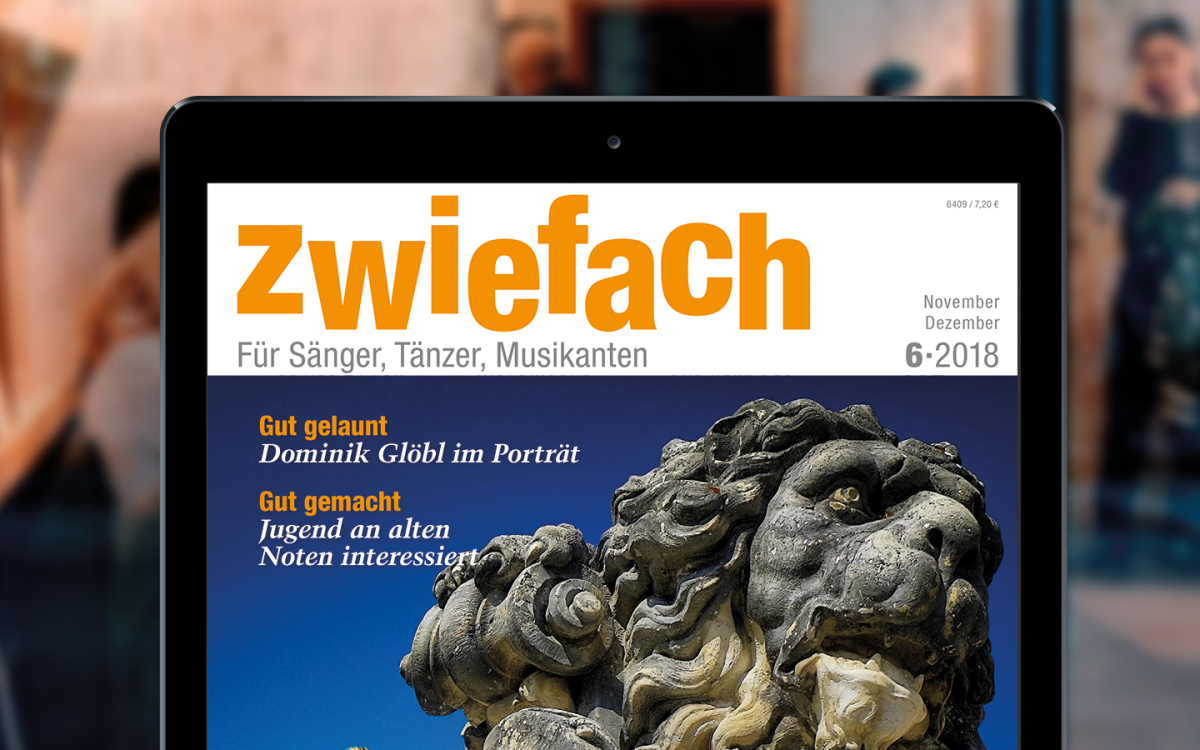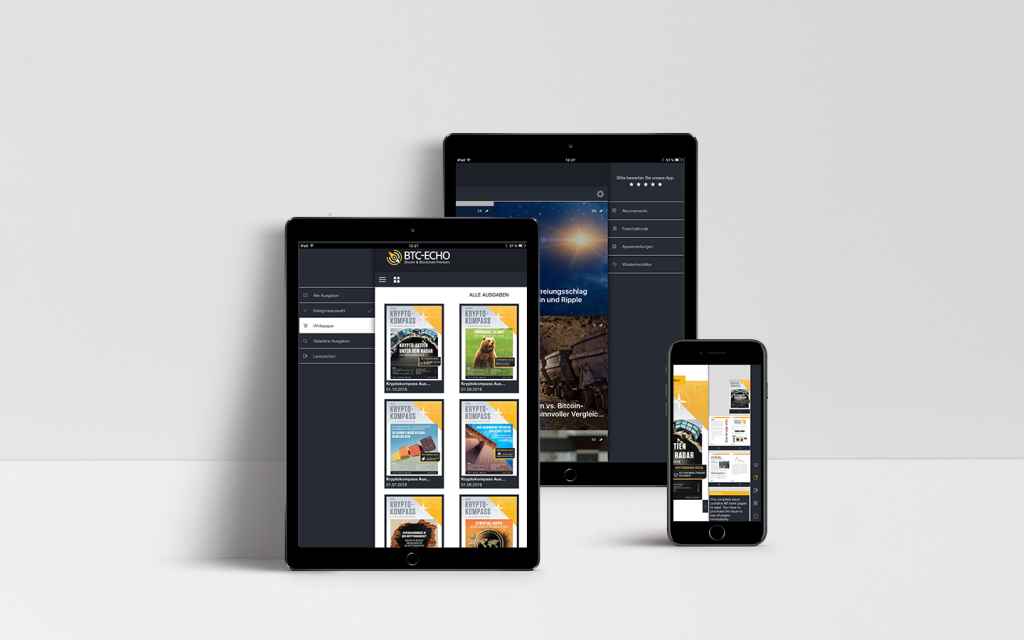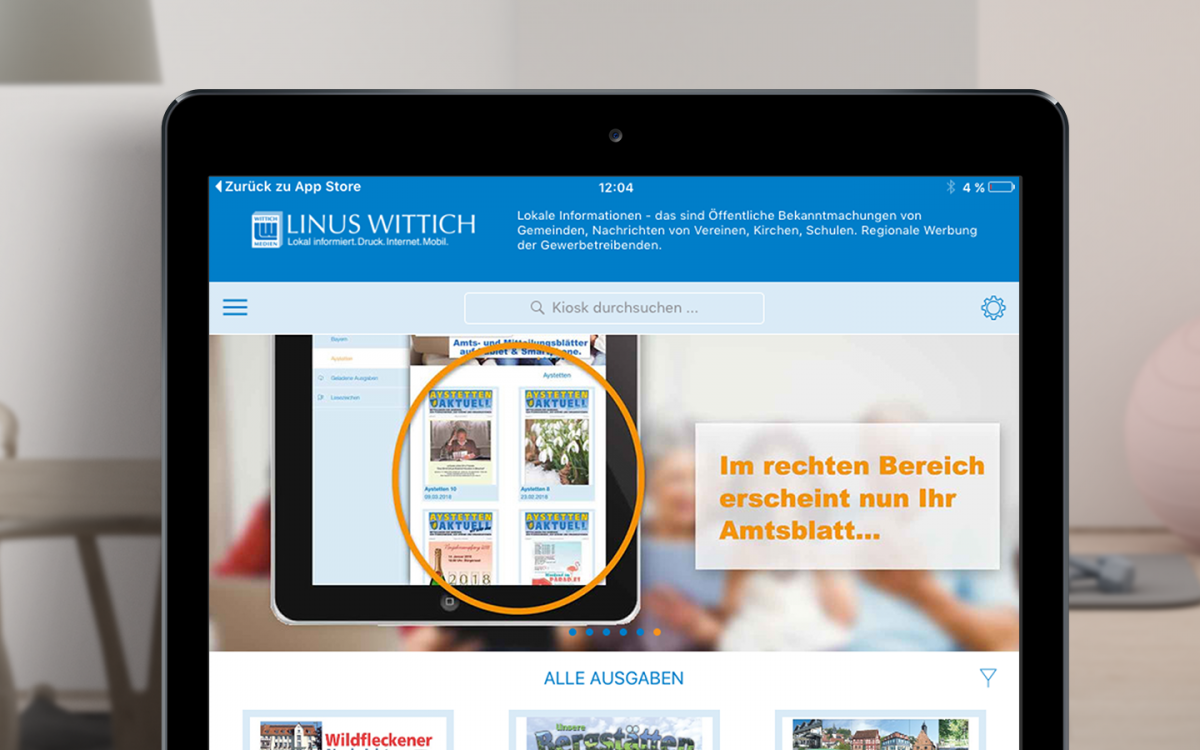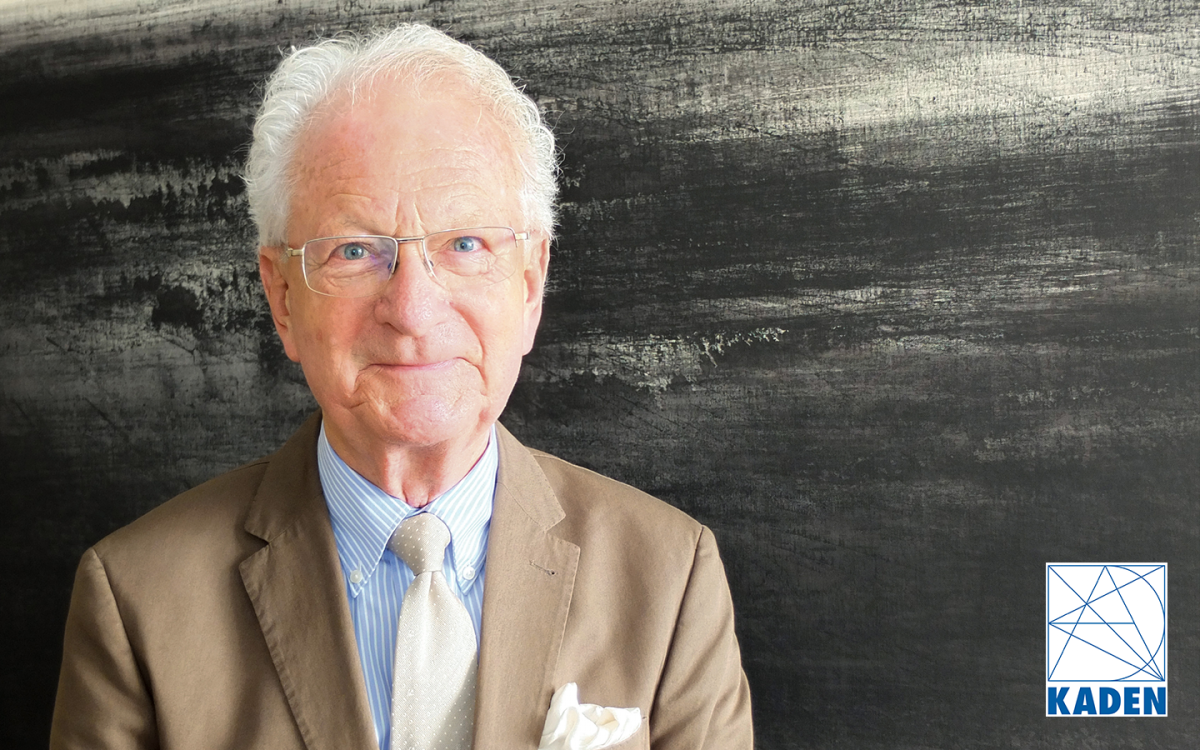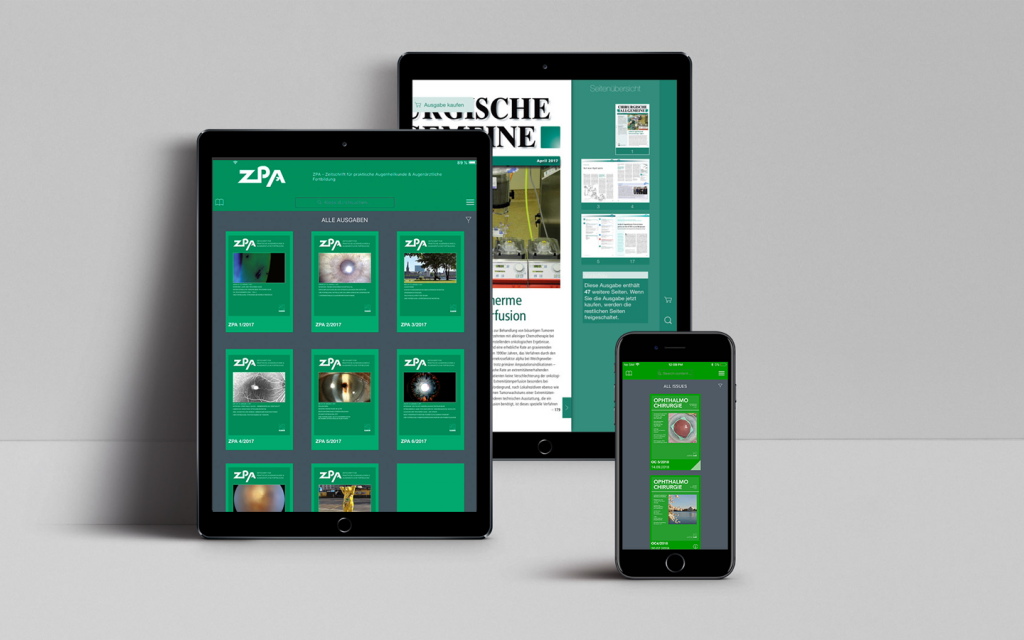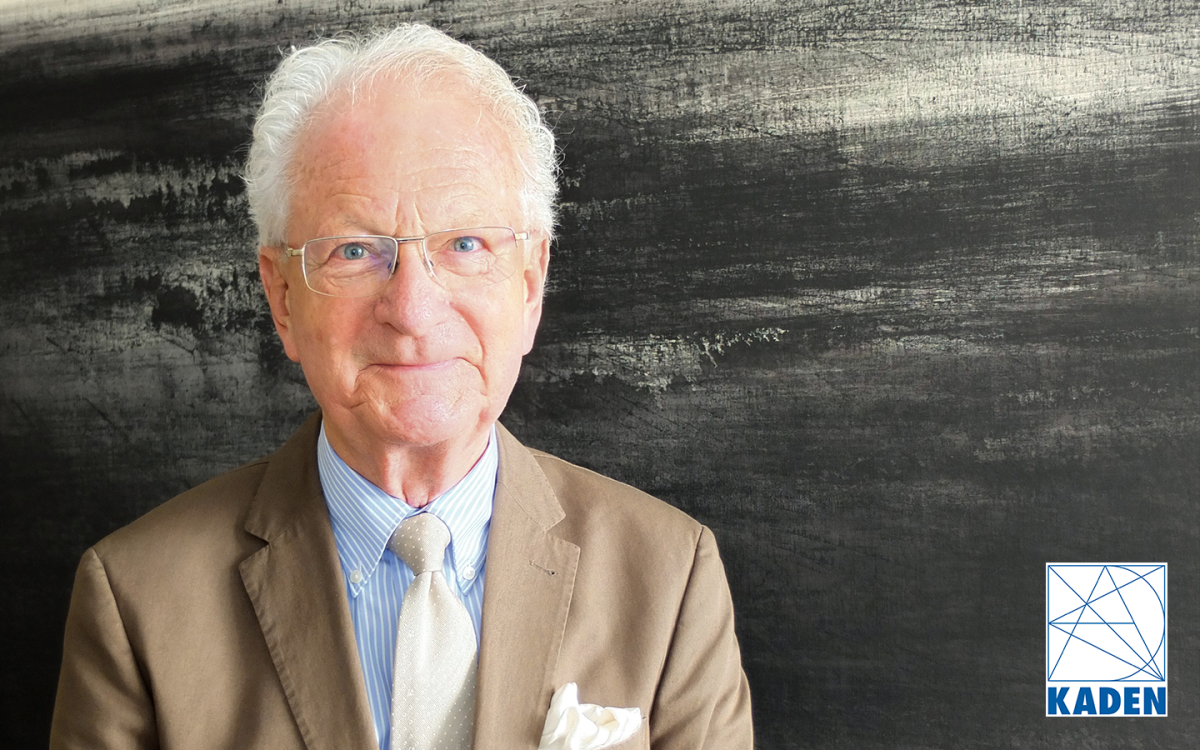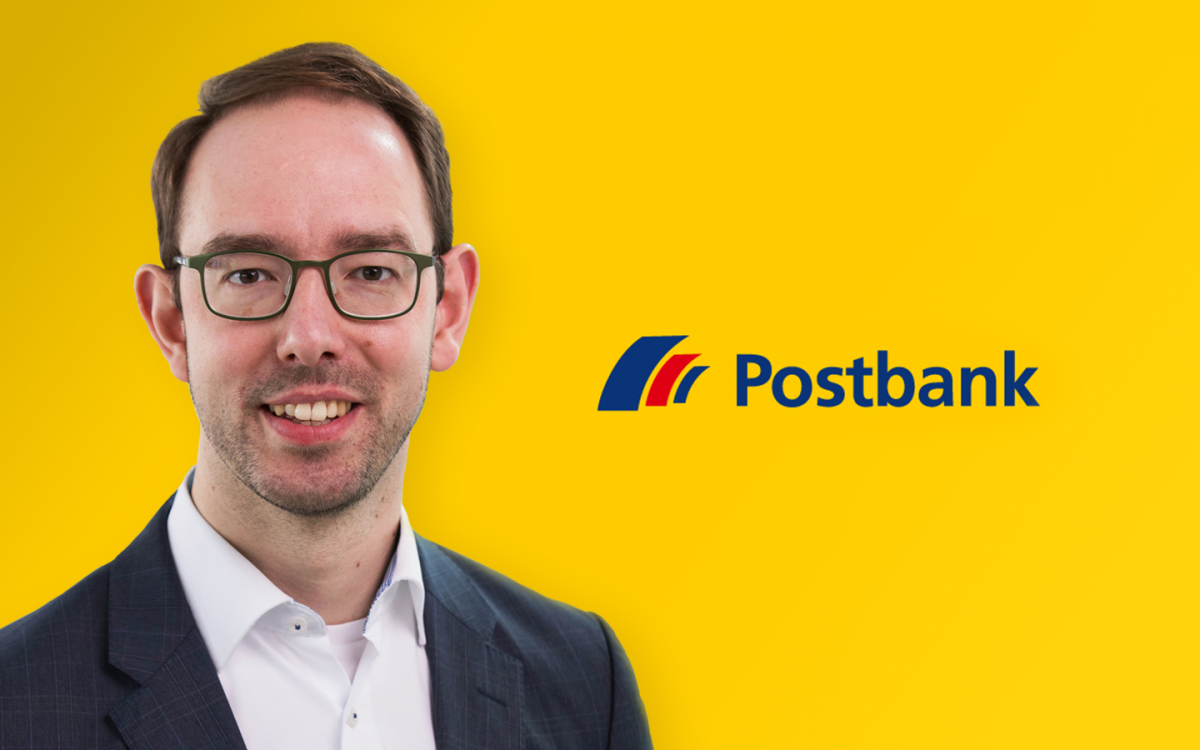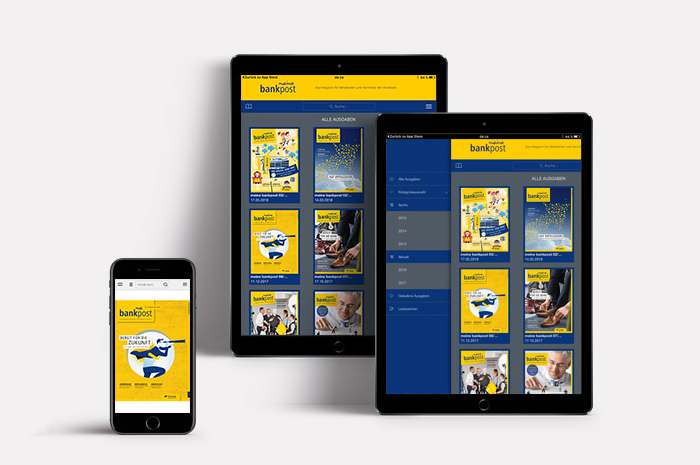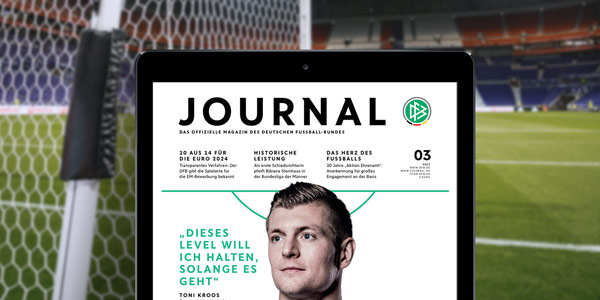Interview with the ADAC
The travel magazine put out by the ADAC – Germany’s automobile association – has the highest circulation of any German travel magazine. It has also received several awards, among other things for “alternative story-telling” and exemplary concept and design. That makes it all the more important that they translate that success to their digital platform.
Dr. Carsten Hübner, Managing Director of ADAC Medien und Reise GmbH, and Martin Kunz, Editor in Chief of “ADAC Reisemagazin” and “Motorwelt”, spoke with PressMatrix about working on travel destinations and how well print and digital media can complement each other in integrated business models.
PressMatrix: : Working where other people go on holiday – that sounds like a great way to work. Tell us a bit about “ADAC Reisemagazin” and how the team works.
Martin Kunz (MK): The magazine editors are a really creative bunch. When we first start working on a new issue, we think about what kind of clichés people associate with the particular country or city. Then we try to convey these clichés, challenging them in the process, in order to make the issue interesting and surprising. In our current issue on Crete, for example, you’ll find a conversation among the Greek gods, perched on Mount Olympus and chatting about the situation facing the region’s holiday islands and reflecting on mass tourism.
Being editor in chief is not as fun as you may think. I send reporters and photographers off to beautiful places to do research, while I sit in the office and deal with the subtle legal details of privacy regulations.
PMX: “ADAC Reisemagazin” has received several awards, including eight from the ICMA (International Corporate Media Award) in various categories. It got the gold prize for alternative story-telling in 2015. How do you like to approach story-telling?
MK: Our editors work on the stories together with reporters and naturally use every conceivable resource for research. We place great value on having people on-site that know the destination, have insider’s tips and can give us feedback on our story ideas. Because, after all, the world is not always what it looks like from Munich. It’s not possible to produce a good issue on, say, Israel or Budapest from a distance.
PMX: Speaking of story-telling, what other media do you use to tell your stories?
MK: Our editors work on the stories together with reporters and naturally use every conceivable resource for research. We place great value on having people on-site that know the destination, have insider’s tips and can give us feedback on our story ideas. Because, after all, the world is not always what it looks like from Munich. It’s not possible to produce a good issue on, say, Israel or Budapest from a distance.
PMX: Mobility is the major theme of the ADAC. How do you integrate that into your travel magazine?
MK: Here at the magazine, we always start with a mobility story that focuses on finding your way around a destination and getting to know it. Maybe a motorbike tour to the North Cape (in our Norway magazine), a camping trip through Portugal, or lama trekking (in the issue on South Tyrol). Mobility is especially important for the ADAC travel magazine. We try to cover all the key questions – getting there and back, local transportation, car rental, costs, and legal issues like traffic regulations. That coverage has to feature the in-depth, unique knowledge that we have here at the ADAC.
“There are a number of situations in which the app version of the travel magazine is really convenient and easy to use.” Dr. Carsten Hübner
PMX: Another key objective of the ADAC is to reach “all mobile people in Germany, but especially young people from 15 to 30.” When I look at the media data, your travel magazine readers tend to be more in the 40–60 age bracket. How do reconcile that? Is that one of the reasons you’re producing your own “ADAC Reisemagazin” app?
Dr. Carsten Hübner (CH): Sure, we hope the app will allow us to reach new target groups, including younger ones, of course. But there’s no reason to assume that only young people are using apps. People 50 and up are quite familiar with digital media these days – they have smartphones and use app stores, etc. Really, the app is a digital extension of the travel magazine.
PMX: Were there any other reasons for creating your own app?
CH: There are a number of situations in which the app version of the travel magazine is really convenient and easy to use. First, it’s the ease of purchase – if you want to buy an issue, you don’t have to run to the nearest newspaper stand. And then the app has a number of useful features, like search, bookmarking, etc. Not to mention storage – all the issues are archived and you can use your living room shelves for other things.
PMX: What requirements did the app need to meet?
CH: Our goal was to make it as easy to use as possible. Just like you pick up a print magazine and leaf through it, stopping to read an interesting story here and there and saving others for later, we wanted an app that would work the same way.
PMX: When you decided to go digital, what prompted you to choose PressMatrix?
CH: PressMatrix has considerable experience in publishing digital versions of print magazines. The technology is mature; the functionality that was offered was more than adequate for our needs; and what’s more, there are a number of features that we aren’t currently using but plan to integrate in the future.
PMX: What has your experience been with the app so far? What are your customers saying?
CH: The app has been very well received so far. We haven’t offered a subscription to the travel magazine in the app yet, and are “only” selling single issues, but we’ve been asked about it. These are all indications that we’ve chosen the right path.
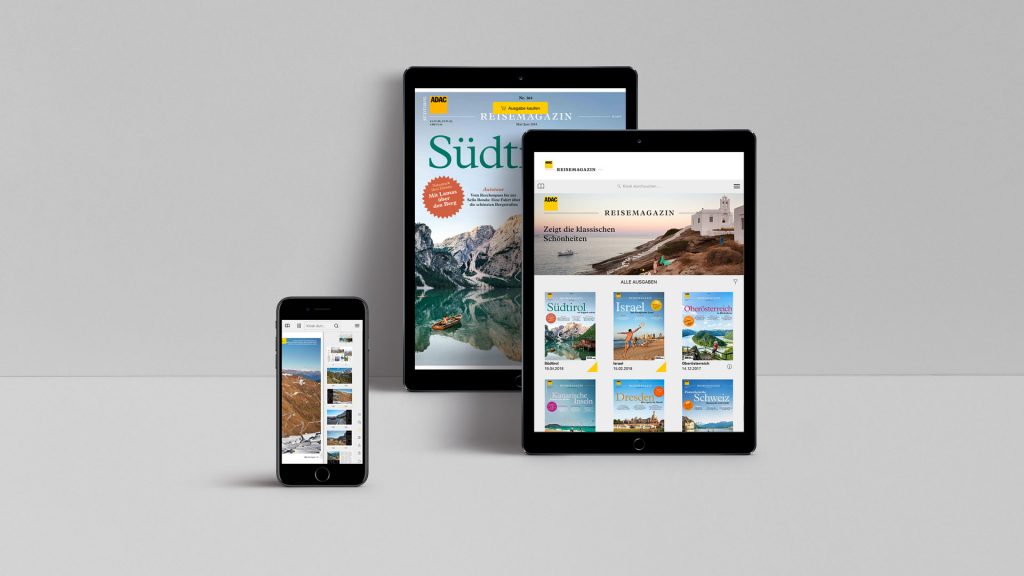
CH: The ADAC publishing subsidiary has already digitized a lot of our content. For example, our ADAC camping guide app has been the clear market leader in the German-speaking world for several years now and is a good example of how well print and digital media can complement each other in integrated business models.
PMX: Just between us, I’m guessing you’re a member of the ADAC. What was the last time you had a problem and had to call the ADAC?
MK: I was stranded once on a highway in southern France, and my car had a major engine failure. I rooted around in the glove compartment and found the ADAC international travel policy that my father had bought for me. It saved me when I was a helpless and penniless young physics student. That story turned out to be quite helpful several years later when I was interviewing for the position of new chief editor at the ADAC magazine “Motorwelt”!
*Source: An analysis of the travel magazine’s target group
The ADAC also publish the magazine “ADAC freizeit mobil” for campers in a PressMatrix app for iOS, Android and for the web.
In our PressMatrix interview series, publishers, entrepreneurs and experts talk about digital publishing. Read more about digital publishing for trade journals, special interest magazines-, employee magazines and customer magazines.
